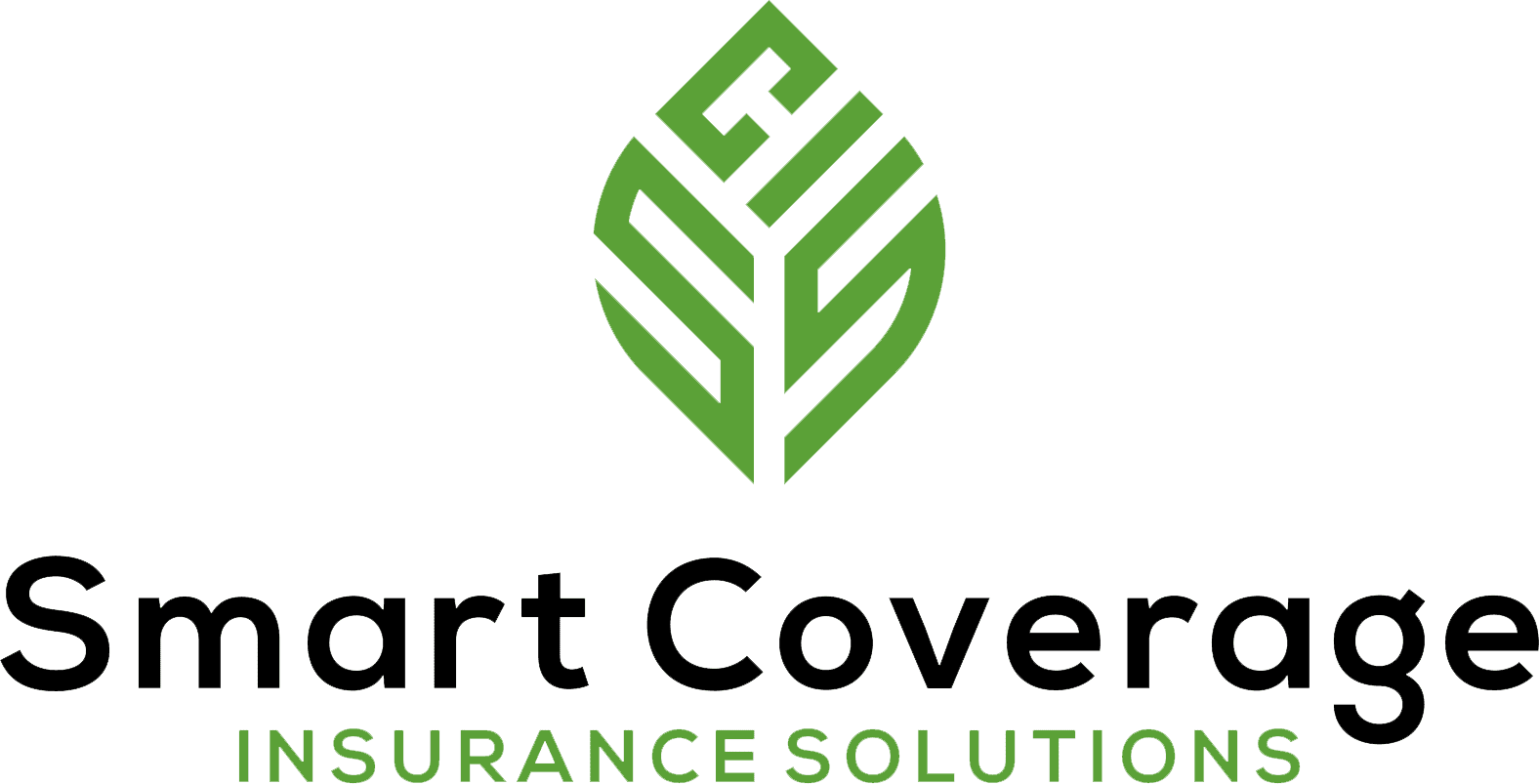
Too many homeowners assume that a sewage backup or other underground drainage/sewage line is their local government’s responsibility – until they have a problem. Homeowners and landlords often only find out too late, after thousands of dollars of damage, that their existing insurance doesn’t cover them.
As a homeowner or landlord, your responsibility for sewer line maintenance and repair includes everything from your house to the main sewer line. If there’s a blockage, backup or rupture anywhere on the lateral sewer line running from the main to your home, you’re on the hook.
The problem
According to The American Society of Engineers, the average sewer line is pushing 30 years old – and in need of serious repair. Aging joints and seals, encroaching tree roots and excess usage have all contributed to sewer line problems in millions of homes. Though tree roots are a very common source of damage, other threats include freezing, flooding and corrosion.
Repairs can cost thousands of dollars. A sewage backup can flood a bathroom or an entire basement, necessitating a professional clean-up and extensive sanitation work. They can cause severe damage to electrical systems, flooring, drywall, appliances and furniture. Then there’s the cost of excavating and replacing damaged sewer lines and any required environmental mitigation.
In the past, homeowner’s insurance routinely covered damage to lateral sewer mains. Today, you usually need to purchase a separate endorsement in order to be covered against the high cost of sewer line blockages, disruptions and backups.
Often these endorsements or riders cover several types of underground utility lines, such as telephone and electrical cabling, as well as water, sewer and gas lines. A typical coverage limit is $10,000, with a deductible of $500. Higher coverage amounts are available.
Coverage and exclusions
Generally, these endorsements or stand-alone policies provide the following types of coverage:
- Living expense coverage – if you cannot remain in your own home during the repair.
- Outdoor property coverage – provides coverage for walkways, sidewalks, driveways, trees, landscaping and other outdoor structures and features of value.
- Excavation coverage.
- Expediting expenses – for example, a generator that allows you to remain at home if it’s more economical to do so than to pay for a hotel while you wait for the repairs to be completed.
Some policies will pay for “green” upgrades or improvements to the previously existing line in order to improve environmental protection or efficiency.
Covered perils to a sewage or other underground utility line may include damage from:
- Wear and tear/age
- Rust, corrosion and/or decay
- Collapse (often not including sinkhole or subsidence collapse)
- Breakdown in mechanical or electrical systems, pumps, sensors, etc
- Freezes
- Contractor digging accidents
- Rodent-caused damage
- Damage from weight of vehicles
Common exclusions to sewer line or underground utilities line endorsements include sinkholes, earthquakes and flooding. Consider getting earthquake, sinkhole and flood insurance to protect yourself against these risks. These hazards are not covered under standard home insurance and landlord insurance policies.
Landlords should also look for loss of rent coverage in their endorsement language. This covers them against lost rent revenues in the event their property becomes uninhabitable or unrentable for a time while repairs are being done.
If you want to broaden your coverage, you can buy endorsements that cover a wider variety of systems, such as HVAC systems, electrical distribution and air and water filtration systems.
Filed Under: Blog | Tagged With: Sewer line, Smart Coverage Insurance Solutions